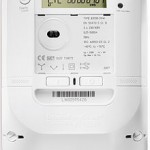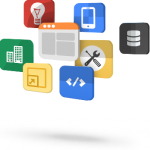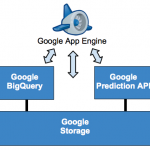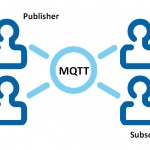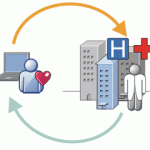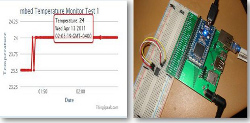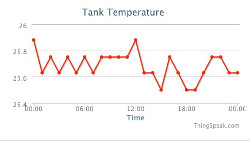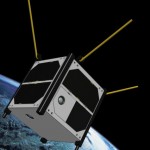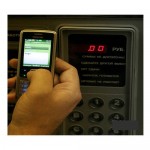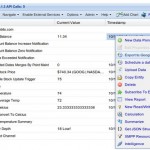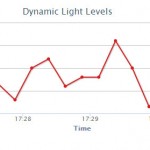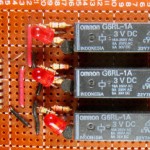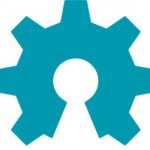As the Internet-of-things industry and products is justifiably booming – like any emerging market or technology area there are several challenges and pitfalls to work through and hopefully avoid. As with the boom in personal computer types in the early 1980s, through to various standards in video and audio media towards the end of the last decade – making the right choices now can be a challenge.
When choosing IoT platforms – do you face problems with privacy, security, or expensive over-engineering of technology for technology’s sake? Are you considering replacing existing systems that aren’t really broken in a way that offers no real return in terms of user experience or economic value – just to be on the “latest craze”? With the standards of the IoT not being entirely prevalent or fixed, issues such as reliability, privacy, security, ownership and control of private data still pose questions that are barely beginning to be worked out.
The Internet of Things is not just something that is hidden away – out of sight somewhere inside an embedded control system. The growth in this field is also represented in a growth in the use of smart devices and technologies that are directly facing the domestic or industrial consumer.
One of these challenges is security of end-user data. As various devices enter the domestic arena, increasingly-enlightened consumers will have be concerned and have various questions about their privacy and security. And as these Internet of Things devices start to generate detailed real-time data about how much electrical power you’re using, which lights and appliances you have turned on at particular times, or even personal medical data logged directly from biomedical sensors – customers and end-users expect to know where that data is being collected and used, by whom, and why. To achieve confidence and acceptance amongst consumers, companies collecting data through Internet-of-Things systems must do so only with the consumer’s consent and only in a secure and controlled fashion.
The next challenge to meet is demonstrable financial benefit. Consumers expect that if they’re paying for new technology that they serve them – and not just the utility or manufactured. For example, if residential electricity consumers are paying for new smart metering infrastructure – then consumers expect to see how the new technology actually benefits them, not just providing a financial benefit to the energy provider who can save money by removing the number of meter readers.
Do the new technologies actually show a clear financial benefit, to corporate, industrial and household users? It has been said, for example, that one Australian electricity distribution company is “building its own Internet” to collect electricity billing data from residential smart meters. It seems ostensibly absurd to “build your own Internet” instead of building solutions that operate – with appropriate security and reliability – on top of the established Internet.
Although everyone may seem to have an education with regards to IoT devices, another challenge is educating potential and existing customers to the benefit of the devices. For example, as Internet-of-Things devices must be relatively inexpensive if they are to become truly ubiquitous in the home and not only adopted by early adopters who see past the initial price tag. For example, if an IoT-enabled light fixture costs $100 against a few dollars for a conventional bulb, it is not clear how widely adopted such a product will be. Although it’s worth noting that the total cost of ownership should be considered by the consumer – including the necessary cloud or software services, and not just the cost of the hardware node.
Another larger challenge, and one that needs to be overcome (or prepared for) before any final sales and installation is the hardware or software standards being used in the device. For example can the device work with IPv6 addressing? With the upcoming exhaustion of IPv4 addresses the address space represents a significant limit for the Internet of Things, for example there is no way that every refrigerator can have an IPv4 address exposed out to the Internet. However, with the introduction of IPv6 the problem is solved. Thus hardware needs this support.
Although the Internet-of-things will eventually prevail – the example challenges listed above and many more still exist. Improvements for the end-user and operator still introduce design problems and perhaps a little “fortune-telling” just as any new wave of technology or standards.
But how do you ensure your hardware will meet upcoming or new standards? Will your Internet-of-things ideas translate into profitable, desired systems by all stakeholders – not just your design team. Or can your existing systems be enhanced to benefit from the Internet-of-things without a total redesign? All these and many more questions can be answered by a design house with the expertise and experience such as here at the LX Group.
At the LX Group we have a wealth of experience and expertise in the IoT field, and can work with the new and existing standards both in hardware and software to solve your problems. Our goal is to find and implement the best system for our customers, and this is where the LX Group can partner with you for your success.
We can create or tailor just about anything from a wireless temperature sensor to a complete Internet-enabled system for you – within your required time-frame and your budget. For more information or a confidential discussion about your ideas and how we can help bring them to life – click here to contact us, or telephone 1800 810 124.
LX is an award-winning electronics design company based in Sydney, Australia. LX services include full turnkey design, electronics, hardware, software and firmware design. LX specialises in embedded systems and wireless technologies design. https://lx-group.com.au
Published by LX Pty Ltd for itself and the LX Group of companies, including LX Design House, LX Solutions and LX Consulting, LX Innovations.

